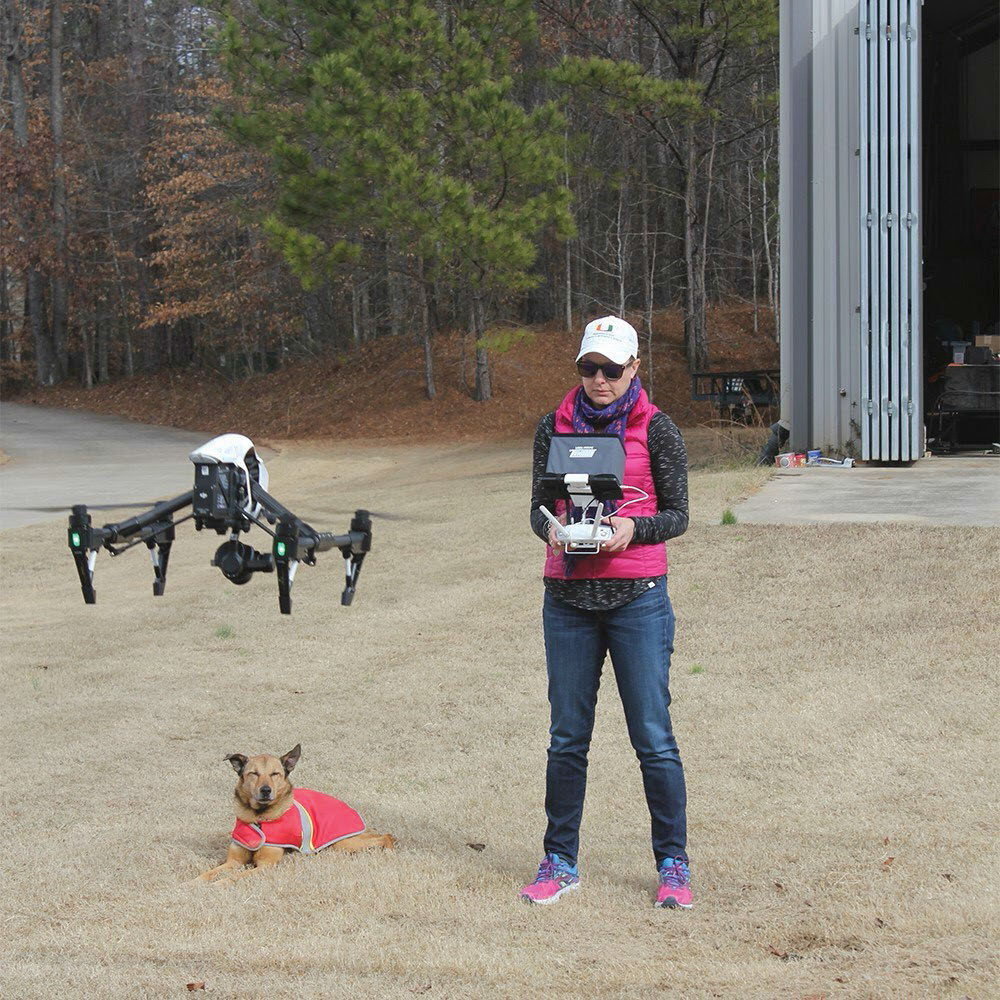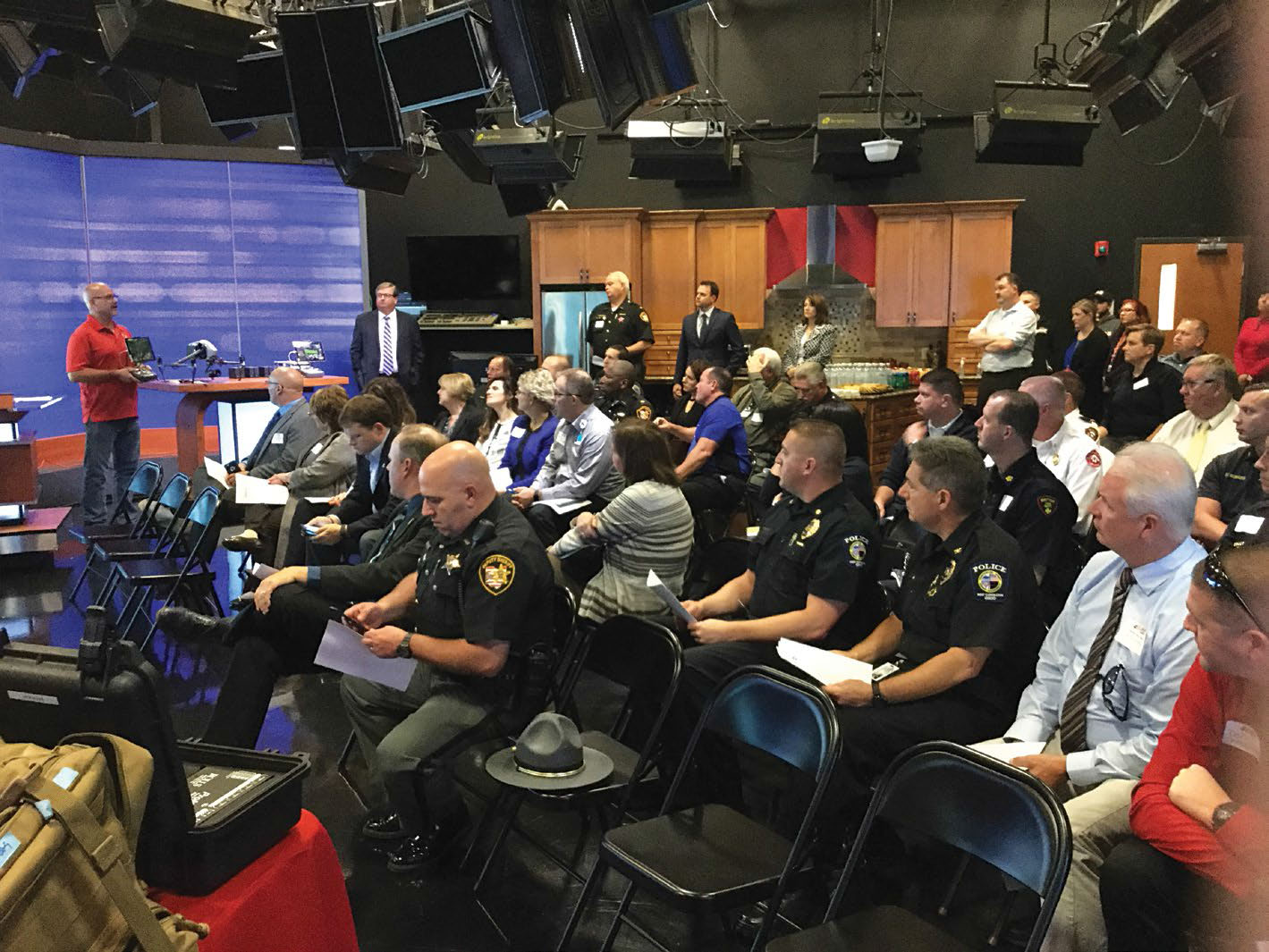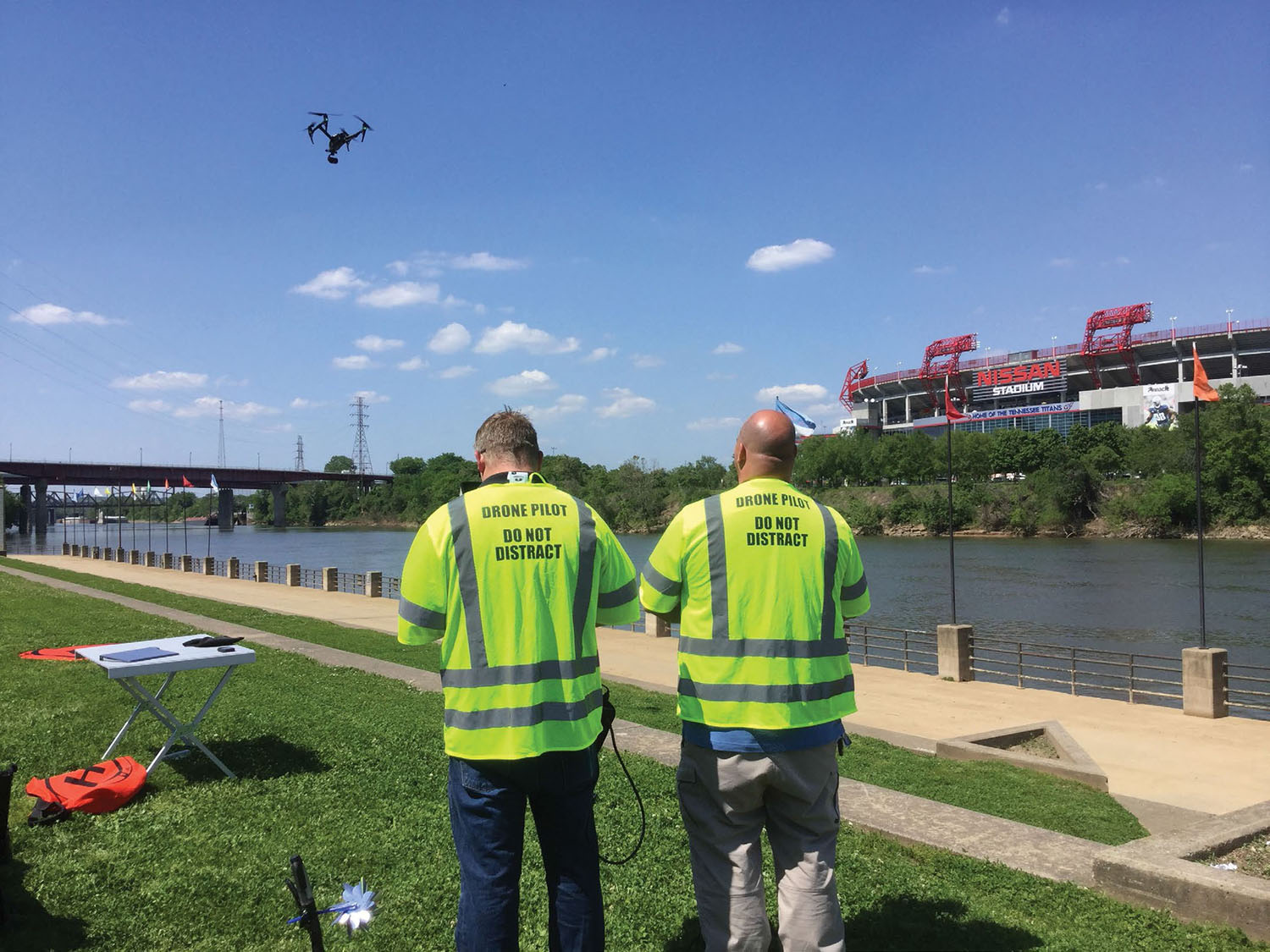Drone Operators Share Lessons Learned
OTTAWA—U.S. TV broadcasters have been flying drones with FAA permission since August 2016. By the end of 2017, 45 percent of U.S. TV stations already owned drones, and another 9 percent were planning to buy them, according to RTNDA Executive Director Dan Shelley, citing his association’s most recent research data. “Only 17 percent said that they were not involved in drones and had no plans to become involved,” he said.

By February 2019, Sinclair Broadcast Group (SBG) had logged its 10,000th TV newsgathering drone flight. The company currently has 108 FAA Part 107 certified drone pilots and 64 trained visual observers, and provides content for 45 Sinclair newsrooms nationwide.
The Fox News Flight Team is similarly impressive. A joint venture between Fox News and Fox Television Stations (local), the Fox News Flight Team has more than 80 FAA-certified pilots flying drones today. Working with visual observers who operate the drones’ onboard video cameras—and keep the pilots informed of potential hazards—these drones provide content to 13 Fox News bureaus and 16 owned-and-operated Fox TV stations.
Both SBG and Fox have been flying drones since the FAA approved their usage by broadcasters in 2016. ABC News has been flying them since 2015 (with FAA permission) and has about 60 drones serving the network and its station group across the U.S. with just over 100 FAA-certified pilots. ABC’s “Good Morning America” (GMA) has been a drone pioneer during this time period—flying drones over volcanoes (see “Drone Action Heats Up,” April 2015), into vast caves and up-close-and-personal with humpback whales out at sea.
With about three years’ experience under their belts, these broadcasters have learned many lessons about getting the most from drones. Here’s what they told us.
GREAT SHOTS REQUIRE TEAMWORK
GMA’s extensive use of drones—especially for live shots—has taught the network how vital teamwork is in shooting great images from these platforms.
Get the TV Tech Newsletter
The professional video industry's #1 source for news, trends and product and tech information. Sign up below.
“Even though camera drones are popular due to their technical abilities, we have seen firsthand that it’s the combination between the technician as the pilot and the creative, continuously evaluating camera operator that actually create these cutting-edge images; not the actual drone itself,” said Maria Stefanopoulos, GMA’s senior manager of operations. “So if there’s one thing we’ve learned and confirmed in the field, it is this: No matter how easy to use or autonomous these machines have become, one thing they can never be is as creative as the hands that are flying them; especially when they work together to get the best shots.”

MINIMIZE NON-SHOOTING FLIGHT TIME
Drones use batteries, and batteries have limited operating times before needing to be recharged. This is why GMA plans drone missions to minimize non-shooting flight times, so that it has maximum battery life available when shooting its video.
“You have to manage editorial requirements with battery life,” said Stefanopoulos. For instance, when GMA was shooting whales breeching out at sea, the network kept the ship that the drones were flying from as close as possible.
“Even then, we had to fly 1-3 kilometers to where the whales were breaching,” Stefanopoulos said. “A one-way flight consumed 10-15 percent of our battery time.”
SHARING INFORMATION
Communication between its many members is a top priority for the Fox News Flight Team. This is why these members talk with each other regularly via password-protected collaboration platform.
“One of the things we’ve seen over the last two years is the power of the collaboration between 100 pilots talking to each other, showing their work and sharing their experiences online with each other; plus anyone else involved in our drone program who offers feedback,” said Doug Evans, chief drone pilot (and reporter/meteorologist) for WAGA-TV, the Fox O&O in Atlanta. “Sharing ideas allows everyone to learn from each other, and raises our overall drone video quality level,” Evans said. “It’s a good approach to use.”
KEEP VISUALS INTERESTING AND EDITABLE
Drone shots are like any other form of video. Once the novelty wears off, one shot can start to look like another. In the same vein, editing together two sequences shot from the same height and position can look like a jump edit, rather than a proper transition.
This is why WAGA takes care to move its drones around. The goal is to keep live shots fresh and to enable the seamless editing of recorded material afterwards.
“One thing we learned early on was the importance of transitions from one shot to another,” said Neil Mazur, WAGA’s vice president of engineering and operations. “When we started out, we noticed that many of our shots looked identical to each other. Talking to each other on Slack, our team members discovered the importance of changing altitudes and positions, and using other techniques to make our drone shots more interesting and creative.”
ENGAGE EMERGENCY PERSONNEL BEFORE DEPLOYING
Jeff Rose has been Sinclair Broadcast Group’s chief pilot since the company started preparing to use drones a few years ago. Mindful that local first responders and government officials can be nervous about drones, he said SBG always hosts a “community outreach meeting” to explain the technology first before starting flights in that market.

“We invite everyone to the TV station that we might come in contact with,” Rose said. “We tell them about our safety program and how we’re going to operate in the field. Then we have an open discussion where we can communicate and share ideas with the audience. This goes a long way to winning their trust and cooperation afterwards.”
The Fox News Flight team has taken similar steps to establish good working relationships with local first responders and the general public. This pays off in the field: “We’ve had zero backlash from public safety and the public to our drones,” said WAGA’s Evans.
USE AIR TRAFFIC RADIOS TO COORDINATE WITH OTHER AIRCRAFT
Sinclair Broadcast Group also uses two-way radios to communicate on common air traffic radio frequencies with other aircraft and local airports. This allows SBG drone operators to keep everyone else informed of their positions and altitudes. It also lets the operators hear from helicopter crews and other aircraft who may be flying in the same vicinity.
“A TV helicopter and a medevac helicopter would use this common channel when they are operating in the same airspace,” said Rose, who is a licensed private pilot himself. “They use the common channel to coordinate with each other. When we’re flying drones near them, we just jump in too.”
NEW JOB OPPORTUNITIES
Sharri Berg is senior vice president of News Operations at Fox News Channel, COO News & Ops for Fox TV Stations and a driving force behind the creation and growth of the Fox News Flight Team. The emergence of news drones have opened up all kinds of job opportunities, and Berg encourages broadcasters to include women and minorities in these positions.
“At Fox, one of our biggest differentiators is the growing diversity of staff in our drone program; especially females,” she said. “We have several female pilots and visual observers who are quite experienced, and who are leading the way for others in the company.” Berg added that this trend is also occurring at other broadcasters, and is worth supporting throughout the industry.
James Careless is an award-winning journalist who has written for TV Technology since the 1990s. He has covered HDTV from the days of the six competing HDTV formats that led to the 1993 Grand Alliance, and onwards through ATSC 3.0 and OTT. He also writes for Radio World, along with other publications in aerospace, defense, public safety, streaming media, plus the amusement park industry for something different.

